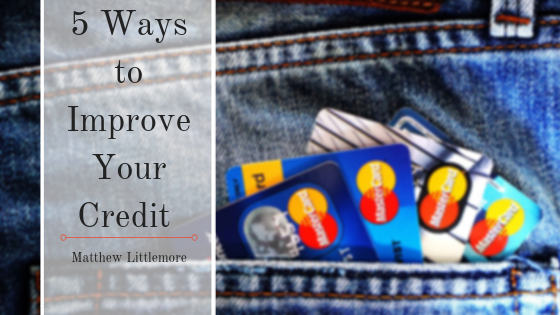Bad credit is more than just a negative mark on a consumer’s personal finances; it can lower his or her chances of getting approved for a loan. Whether it’s a mortgage, car loan or personal loan, lenders may reject a consumer’s application without good credit; even if a consumer gets approved for a loan, lenders usually place higher interest rates on loans to consumers with bad credit because of their increased risk of default. Therefore, consumers should work to improve their credit in the following ways.
Reduce Hard Credit Inquiries
Soft credit inquiries, such as those initiated by a landlord or employer as part of a background check, won’t affect a consumer’s credit score. According to Clark Howard, however, hard queries can influence a consumer’s credit score by 10 percent. A hard query is a request for a consumer’s credit history. It provides credit card companies and lenders with more detailed and thorough information on the consumer’s credit. Too many hard queries look bad and will lower a consumer’s credit score.
Build Credit Early
There is a difference between bad credit and not enough established credit. The sooner a consumer begins building credit, the better. This is because the age of a consumer’s credit affects his or her credit score. A consumer with a 10-year-old revolving credit account will typically have a higher credit score than a consumer with a two- or three-year-old account. It’s wise to gradually start building your credit early, so when big purchases such as cars and homes come into play, your credit history is well established.
Pay Your Bills on Time
The single most important thing a consumer can do to improve his or her credit is pay their bills by the due date. Waiting one or two weeks after the due date may sound harmless, but it sabotages the consumer’s credit. When considering whether to give a consumer a line of credit, companies will look at his or her credit report. If the report contains too many late payments, companies may reject their application.
Lower Credit Utilization Ratio
A consumer’s credit utilization ratio offers a sneak peek into his or her ability to pay their debt. Credit utilization ratio refers to the percentage of revolving, open credit a consumer has relative to his or her revolving debt. Consumers should strive to achieve a credit utilization ratio of 30 percent or lower to improve their credit.
Close Accounts If There’s a Low Credit Utilization Ratio
If a consumer has a low credit utilization ratio, closing unused credit accounts may improve their credit score. For credit utilization ratios higher than 30 percent, though, it’s best to leave the accounts open.
Good credit isn’t something that can be achieved overnight. It can take years for a consumer to restore his or her bad credit to the point where they can get a loan. These five steps, however, can guide consumers on the path to better credit and financial freedom.

